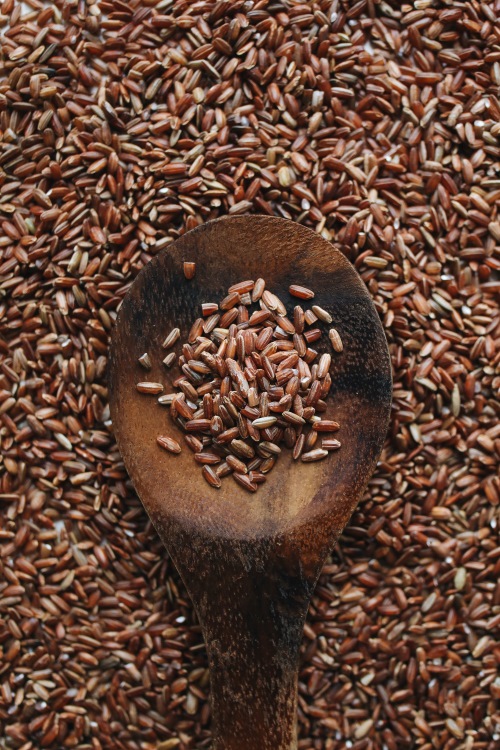Home/content/Agriculture Market in India
Agriculture Market in India

India, with its vast and diverse agricultural landscape, boasts a thriving agriculture market that plays a pivotal role in the country's economy. The agriculture sector in India is not only a significant contributor to the GDP but also a primary source of livelihood for a large portion of the population. In this article, we explore the key aspects of the agriculture market in India.
Diversity of Agriculture
India's agriculture market is characterized by a rich diversity of crops and farming practices due to the country's varied agro-climatic zones. From the wheat and rice belts in the north to the spice gardens in the south, the agricultural produce is as diverse as the geography. This diversity contributes to the availability of a wide range of crops in the market throughout the year.
Major Agricultural Products
The agriculture market in India is known for the production of staple crops such as rice, wheat, and pulses. Additionally, the country is a major producer of fruits, vegetables, spices, and cash crops like sugarcane and cotton. The market is dynamic, responding to seasonal variations and market demands, with each region specializing in certain crops based on climate and soil conditions.
Agriculture Marketing Infrastructure
India has a well-established network of agriculture markets, commonly known as "mandis" or Agricultural Produce Market Committees (APMCs). These markets serve as platforms for farmers to sell their produce to wholesalers and retailers. The APMC Act regulates these markets, ensuring fair practices and protecting the interests of both farmers and buyers.
Challenges and Reforms
While the agriculture market in India has been a backbone of the economy, it has faced challenges such as fragmented landholdings, lack of market access, and price volatility. The government has introduced various reforms to address these challenges, including the recent Agricultural Produce Trade and Commerce (Promotion and Facilitation) Act, which allows farmers to sell their produce outside the APMC markets, providing them with more options and potentially better prices.
Technological Integration
The agriculture market in India is witnessing the integration of technology to enhance efficiency and transparency. Digital platforms and mobile applications are being used to connect farmers directly with buyers, eliminating intermediaries and ensuring a fair price for the produce. This shift towards agri-tech solutions is empowering farmers and reshaping the traditional dynamics of the agriculture market.
Export and Global Presence
India's agriculture market extends beyond its borders, with the country being a significant player in the global agricultural trade. Export of commodities like rice, spices, fruits, and vegetables contributes to foreign exchange earnings. The country's diverse agricultural production allows it to cater to the varied demands of international markets.
Conclusion
The agriculture market in India reflects the vibrancy and resilience of the country's agricultural sector. With a focus on diversity, infrastructure development, and technological integration, the market continues to evolve. The recent reforms aim to create a more inclusive and efficient system, ensuring that the benefits of agricultural growth reach the farmers directly. As India continues on its path of agricultural development, the agriculture market remains a crucial driver of economic progress and rural livelihoods.